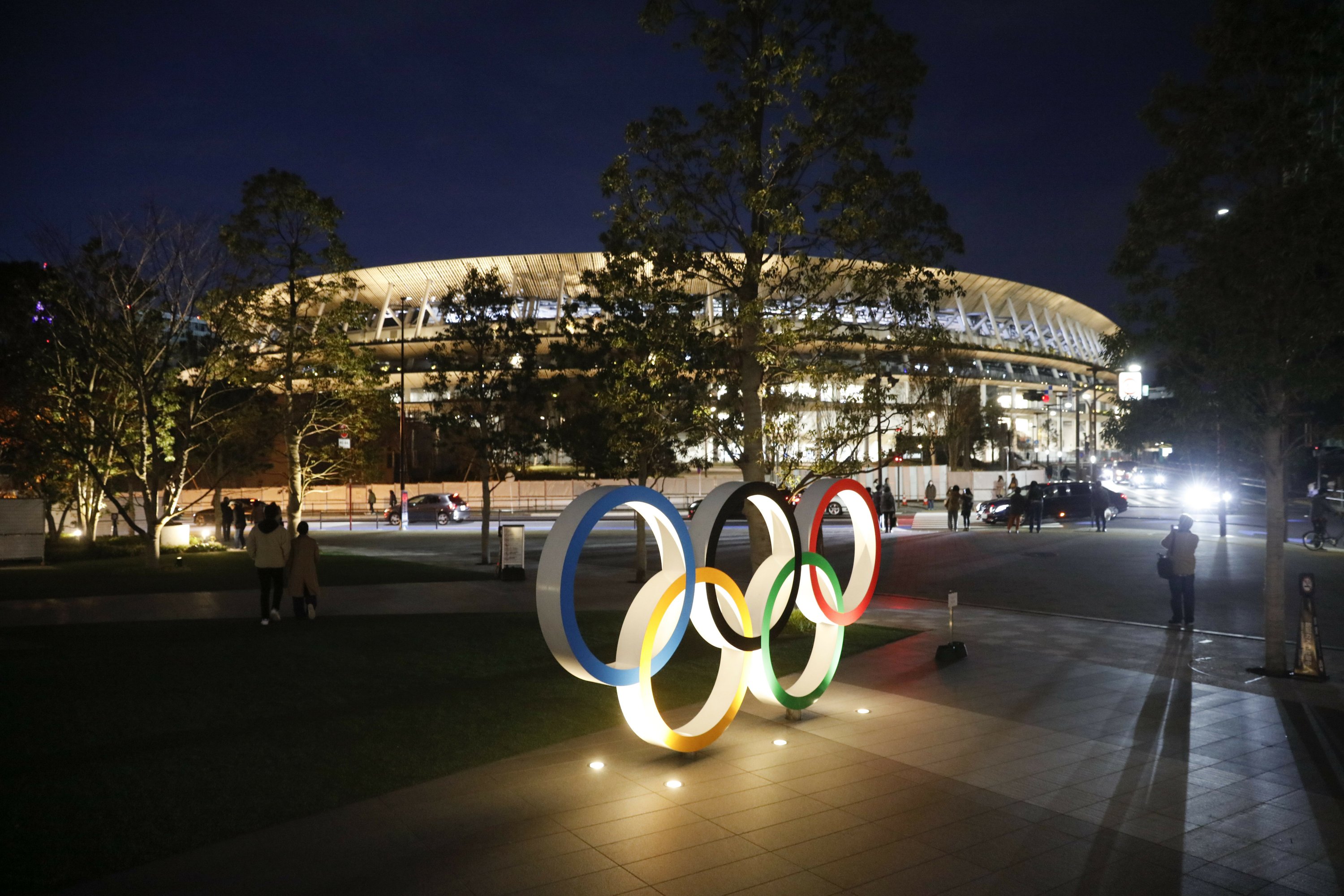All roads lead to Tokyo? – The relationship between urbanisation and the Tokyo Olympics
Is it possible to organise the Olympics in one of the world’s largest metropolises during a pandemic? How does Tokyo’s unique urban development affect the organisation of the Olympics? At the Corvinus University Research Week 2021 in June, Dr. Balázs Forman, Associate Professor, examined the Tokyo Olympics from an economic geography and urbanisation perspective. The latest in our series of articles on the Olympics.

Written by: Engelbrecht Azurea and Judit Szabó
Olympic dreams: Tokyo is an organising city again after 56 years
The country of the rising sun won the right to host the 2020 Olympics in 2013, but like so much else in the last year or so, it had to be postponed due to the pandemic. The new date is now 23 July to 8 August. As we heard in the lecture of Balázs György Forman, there are still many questions around the organisation and hosting of the Olympics – despite the approaching date. Although the pandemic is not over, there is currently an 80 per cent chance that we will be able to cheer on the athletes this year, but there is a 20 per cent chance that the International Olympic Committee (IOC) may cancel the competition.
Overcoming the challenges of the Fukushima accident and demonstrating the success of the reconstruction effort are among the goals, as well as restoring the negative image of the country that resulted from the disaster. The Olympic Village was built on an artificial island in Tokyo Bay and sold to the public – the plan was to allow the new owners to move in after the Paralympic Games were over. However, the contract for the construction was signed with such high penalties that the village had to be handed over to the population earlier than originally planned. The construction of the district had to continue under such circumstances, with rapid and expensive expansion to accommodate the athletes. Finally, some stadiums are located on the island, while venues for smaller sports are located further away from the competitors’ accommodation.